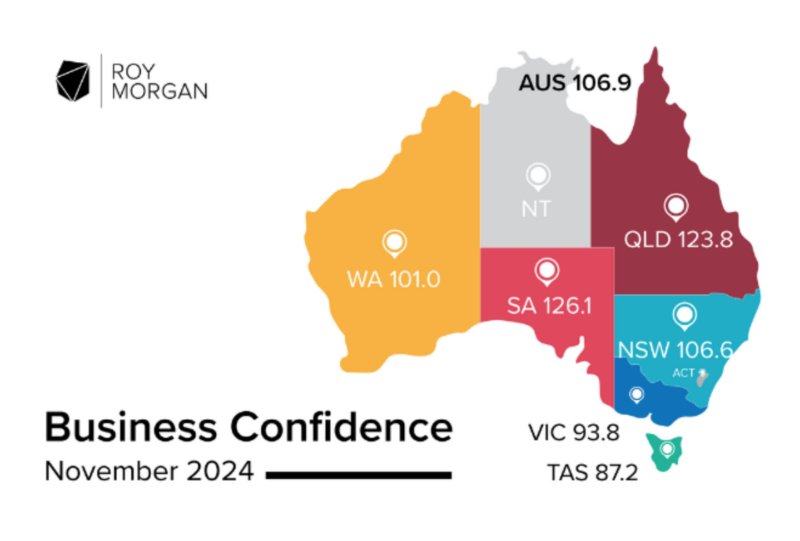Privacy got your tongue? The future of personalised online advertising
For years to come, 2023 will be known as the year of online privacy. Although privacy regulations surrounding advertising have slowly been amassing over the last twenty years, the EU’s recent ruling that Meta (Facebook) can no longer run personalized ads may serve as the straw that broke the camel’s back.
Marketing and ad-tech professionals now find themselves in a compromising position. User data acts as the foundation upon which the vast majority of online advertising sales take place (approximately 84% of total display ad spending in 2019), yet over-advertising may also be to blame for many users’ growing awareness of how their data may be (mis)used. That, and a never-ending slate of high-profile data breaches may also have something to do with things…

Privacy concerns have been shown to negatively affect online spending habits, as well as consumers’ willingness to share their information online (approximately 84% of total display ad spending in 2019). At the same time, the ways in which our user data is being tracked, profiled and used to display ads, are becoming more varied over time, making it perennially difficult to keep transparency standards in place, much less effective ones.
This creates a balancing act between the need to track user’s activity while also somehow preserving user anonymity. Simultaneously, the leader of the world’s internet, Google, has signed the death warrant for modern Adtech by proclaiming the end of cookies, the building blocks of programmatic advertising. With all these changes to the advertising landscape, how can Adtech increase consumer privacy while ensuring the performance of their advertising campaigns? The answer lies in first-party data, but with a twist.
How does user data factor into online ad sales?
Before we get too far, let’s quickly cover the why and how of how user data contributes to online ad sales.
By and large, advertising space used to be bought and sold through marketing managers, trained professionals who would identify where and when a brand’s ads would be displayed online for the highest impact. With some variation, these decisions were often based on scaled platform metrics, such as viewership and engagement – without any knowledge of specific user interests or behaviours beyond that which could be gleaned from market research.
Yet, as online infrastructure grew more sophisticated, the power to collect and work with large datasets, full of consumer information recorded during website visits, app scrolls, etc., grew exponentially. With the introduction of advanced, automated software tools, so-called ‘Ad Exchanges’ were now capable of targeting specific consumers based on all their available data. With this ‘programmatic’ advertising was born; enabling marketers to reach people on a much more individual level than ever before, by displaying ads based on our prior online behaviour.

Unsurprisingly, Adtech having access to so much of our personal data, especially when the intent of such data is to sell us things, is unsettling to many. But what is surprising is that, despite being against the collection of their private data, consumers also prefer it when ads displayed are relevant to them (Yalcin). In other words, the future of Adtech lies not in individual-level targeting, where for example, a golfing enthusiast is shown four-irons when grocery shopping, but in contextual targeting, where golfing ads are shown on a golfing discussion site. This is where first-party data comes in…
Contextual targeting – from third- to first-party data
At present, nearly two-thirds of advertisers prefer third-party cookie data, that is, user data which is shared between websites and services for the purpose of advertising. Much of the Internet’s advertising relies on this form of data, so any changes therein were likely to be met with resistance, as did Google when they announced the end of third-party cookies in 2020.
As a result, new ways of tracking user data while observing their privacy were being discussed, including first-party cookie data. Unlike third-party data, first-party cookies are ones created and stored exclusively with one website. Because of this, they offer greater privacy and control for the user and brand, while making it more difficult to display ads under current approaches.
One promising way of using first-party data is contextual targeting. Put simply, contextual targeting uses information related to the content a user is currently browsing to serve relevant ads to them during that session, or at least while browsing that specific website. Whereas previously, contextual targeting largely involved the monitoring of keywords in online searches, new data collection tools combining social listening and image recognition techniques make it easier and safer for brands to display their ads on certain sites. From a user’s side, this means that the ads displayed are likely relevant to content topics the user may be interested in, which is interesting considering research showing users are more likely to consent to their data being used for advertising if the ads are relevant enough.
That said, while such an approach is a viable short-term solution to the end of cookies, it is unlikely to serve as a permanent one, given the restrictions of only being able to display ads based off current usage. However, one approach which promises strong effectiveness while maintaining relative privacy is Google’s Privacy Sandbox.
Privacy Sandbox
The move to first-party tracking has demonstrated that not all consumers view data collection as an innately negative experience, as opposed to a relevant exchange for the provision of free online services. At the same time, many others object to data collection, or at least certain forms of data collection. As a result, any new system would have to address the concerns of both through a customizable, opt-out approach.

Google’s solution, Privacy Sandbox, attempts to achieve this by defying website-level cookies in favour of using their browser, Google Chrome’s, purpose-built tracking. One example of this approach is ‘Topics’, a set of the user’s interests which Chrome learns about over time with your searches. These ‘topics’ are then shared with advertisers, on participating websites, for advertising purposes. Despite the fact that the above changes will, and already have negatively impacted various AdTech integrations, such a move also provides significant data protections for users.
The path forward for advertising privacy is a difficult but inevitable one, though to ensure the advertising ecosystem, changes must be implemented to the advertising ecosystem which balance user privacy against advertising ROI. Ultimately, this balance is where the Internet thrives, as without advertising, the Internet wouldn’t exist. And without users, the Internet wouldn’t exist, either.




